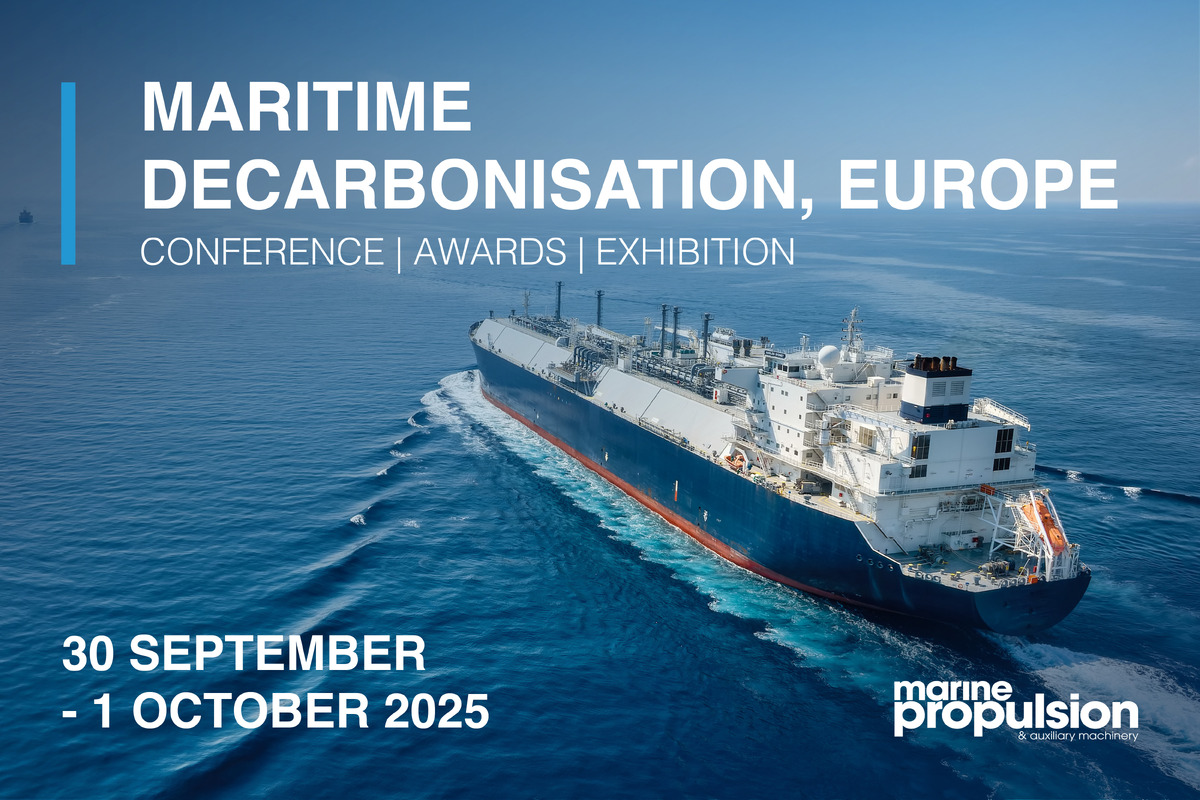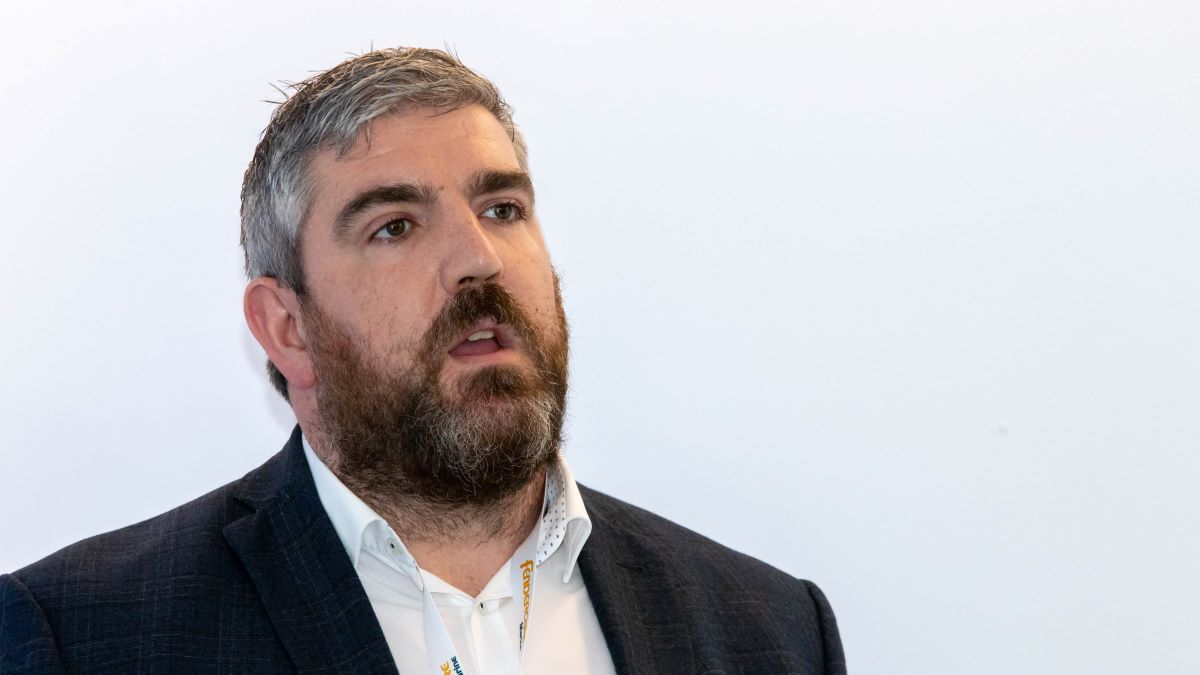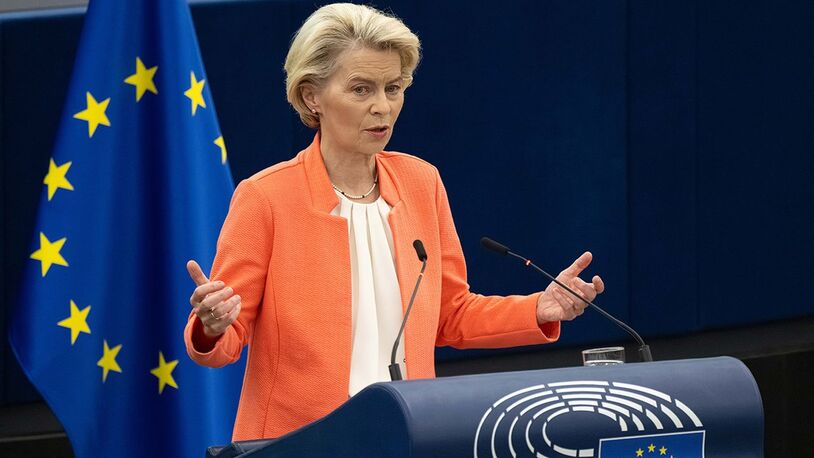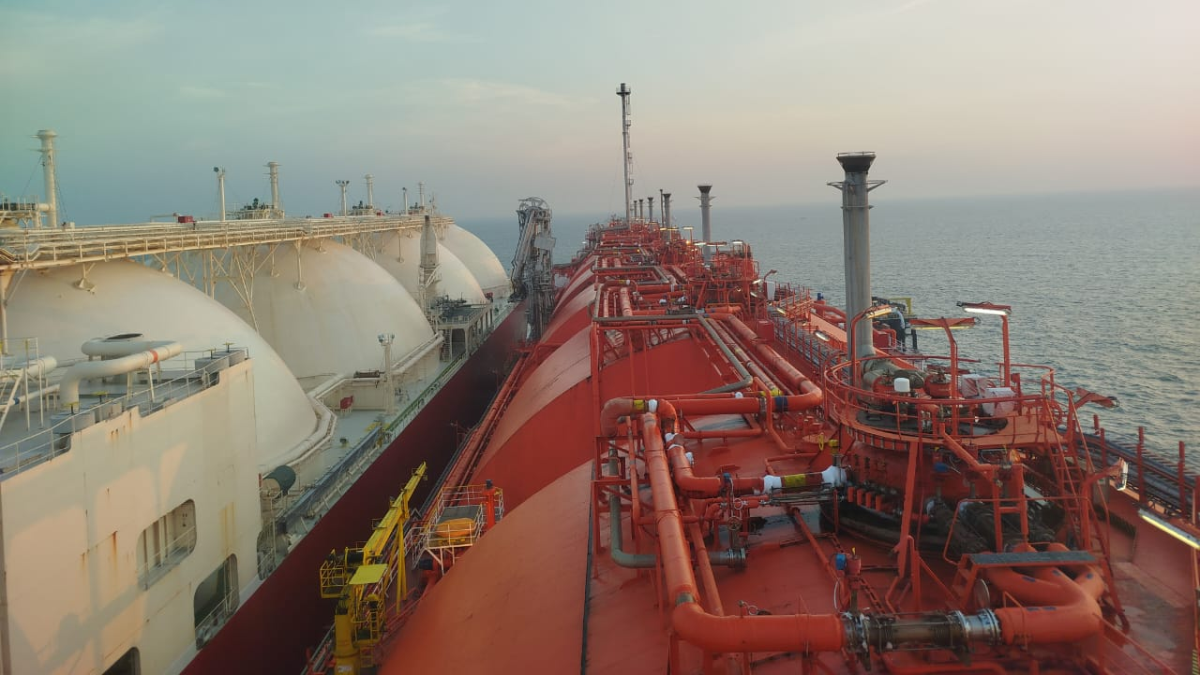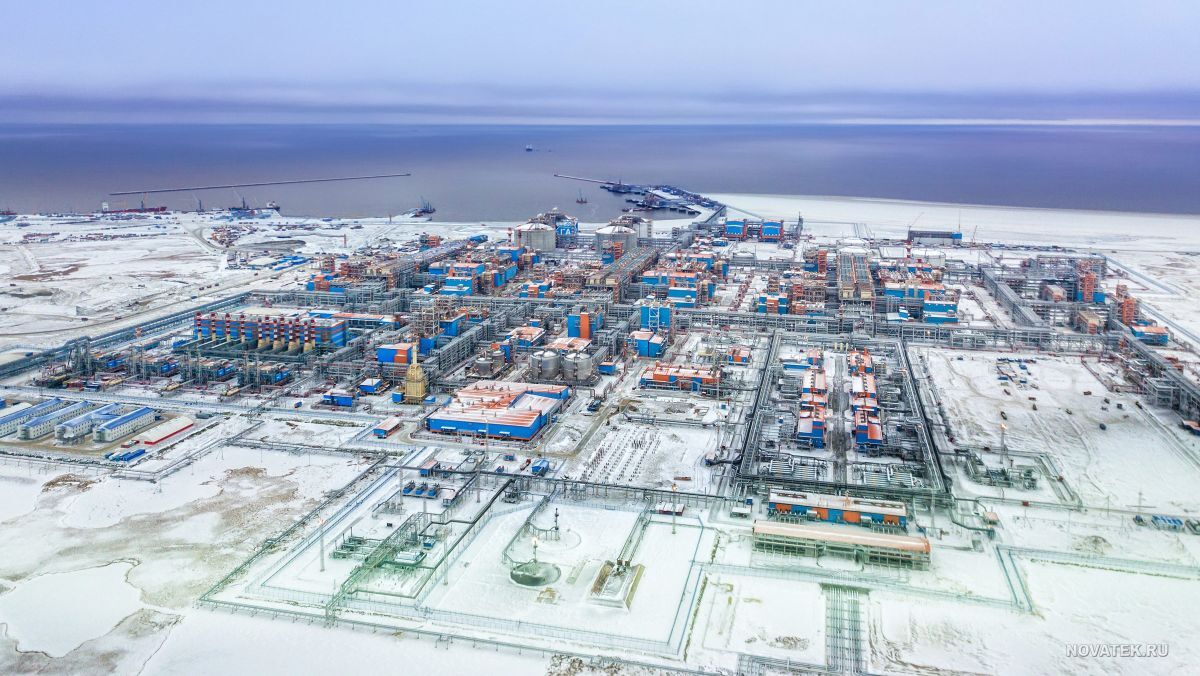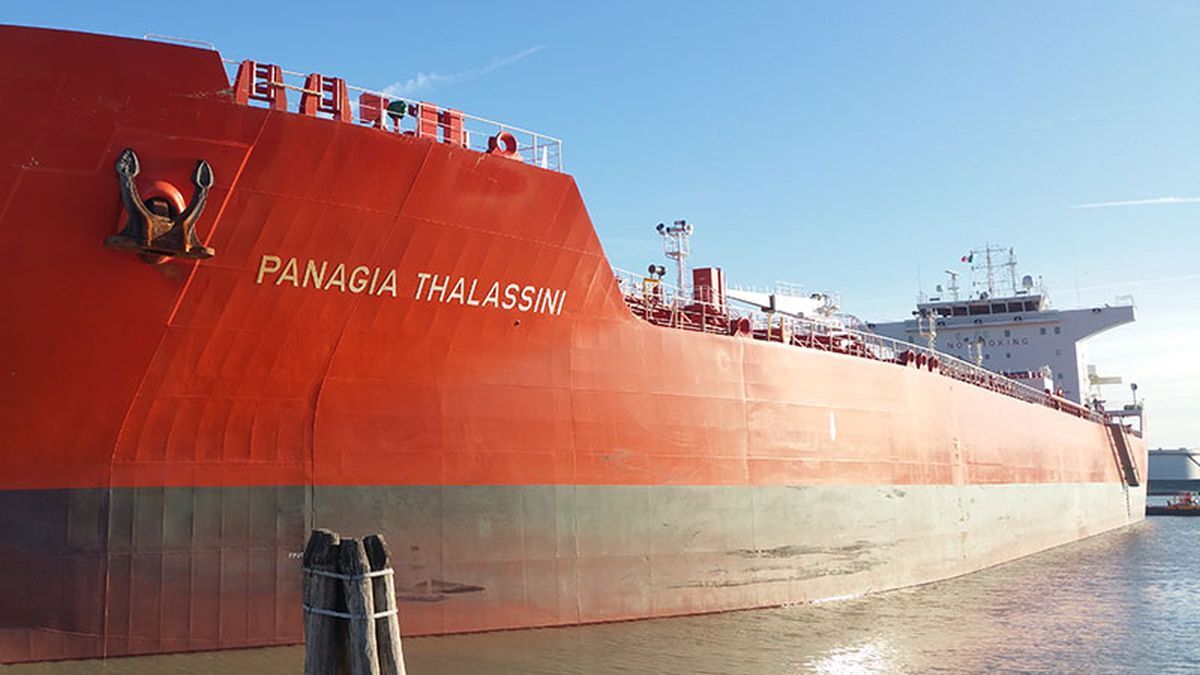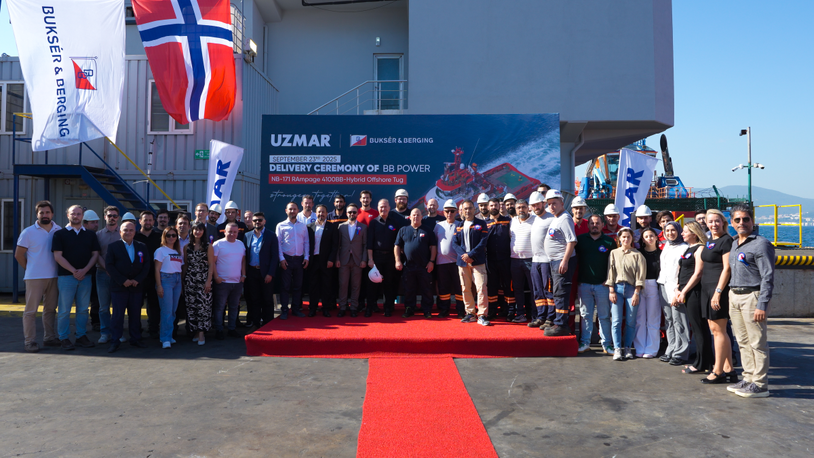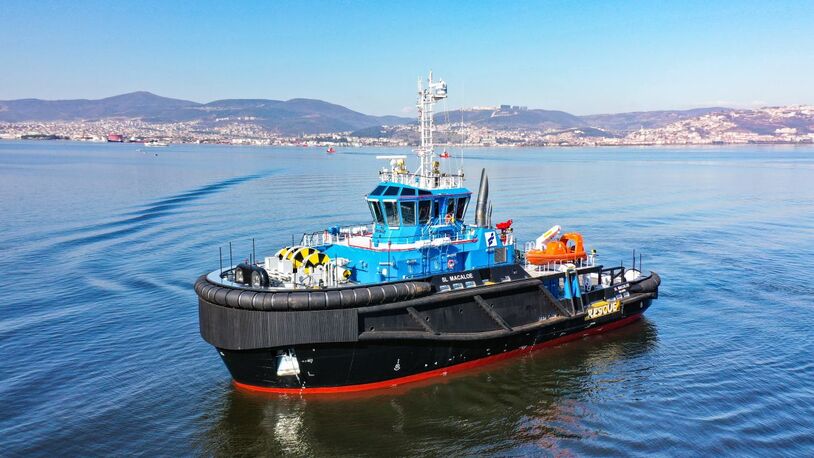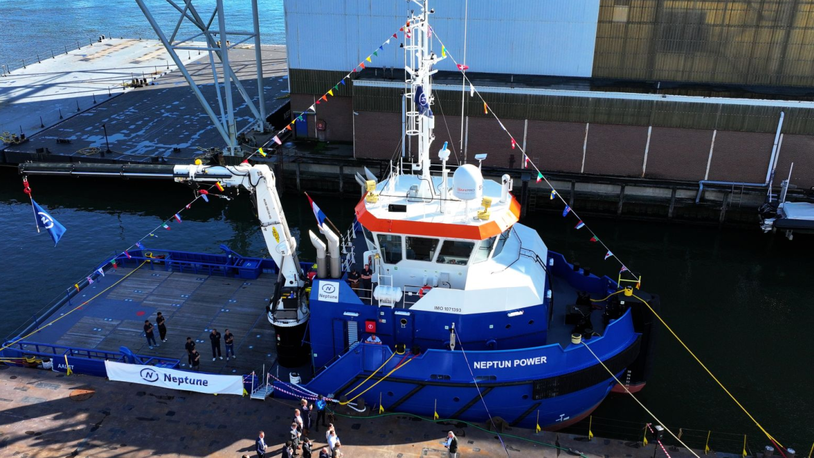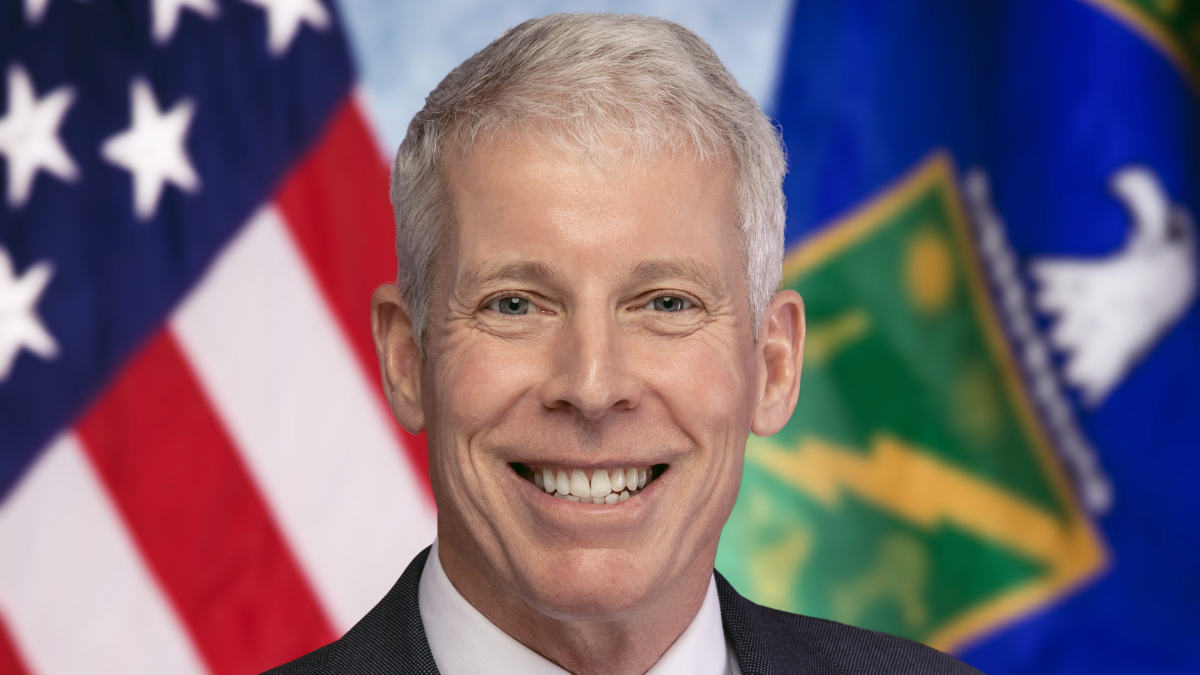Business Sectors
Contents
Register to read more articles.
Flexibility is key for floating LNG operations
LNG operations are becoming more standardised but there is still a need for flexibility, delegates at the LNG Ship/Shore Interface Conference, Europe 2021, learned during the Floating LNG operations session
LNG shipping and the ship/shore interface has developed rapidly over the last decade. STS Marine Solutions technical manager Adam Sanders told delegates at the first day of the live LNG Ship/Shore Interface Conference, Europe 2021, in London that compared with only a few years ago, the ship-to-ship (STS) LNG planning process has sped up immensely.
“We spent three or four months planning operations for STS LNG operations previously. Now we plan operations in five or six days,” he said.
The more projects that are undertaken, the greater the experiences, lessons learned and standardisation become the norm. “We see now the industry is moving towards more LNG operations and LNG operations being prevalent as part of normal trading,” he said.
He foresaw that by 2026, trading houses will see LNG STS as a standard operation in much the same way as tanker STS is in the liquid side of the energy sector.
Flexibility is the key: “STS LNG operations increase the flexibility to the market, and for the users, from the shippers to the chatterers, to be able to use vessels for different things,” he said.
Carrying on with the theme of the development of LNG STS operations and the emergency response solutions that are emerging was tug boat operator, Smit Lamnalco, whose LNG business and project director, Andrew Brown noted that the LNG model is changing. “You have these new players, consultants, energy providers, local authorities and some of these consultants come from companies like Siemens and Westinghouse,” he said. “They have no experience in this – all they want is molecules to drive their power station.”
From the tug boat side, he noted it is all about the variation of force – wind, wave and current, and when there are floating assets that need moving, it has to be done with health and safety in mind. This is a big issue with assets that have to be moved in emergency situations. There might only be four hours notice that a monsoon is approaching, but it can take six hours to complete the operation. If there is another vessel involved, such as an STS operation, the time required escalates.
The industry needs to look at how to close the gaps and speed up responses, without losing sight of the health and safety aspects.
Taking a different tack, but still very much in line with floating LNG operations, COWI senior vice president energy and marine Ron Heffron discussed what made floating LNG infrastructure unique, which is the combination of location, configuration and moorings.
The first issue, location, is often an open coastline in an exposed location with a vessel permanently or semi-permanently moored where there may be cyclones, tsunamis, and long period swell events.
The second issue of configurations can range from shore-connected subsea pipeline to regasification with a mix of shore terminal, FSU, FSRU and LNG carriers and these potential configurations throw up a lot of questions. “What is it going to cost, both capex and opex? What is the schedule? What is the throughput?” are examples of the questions that need to answered.
Equally important, noted Mr Heffron, “What is the risk tolerance of the stakeholders?” Some of the configurations might require solutions that could be defined as emerging or proven elsewhere in the industry, but not in that unique setting.
The third issue, mooring, can be contentious. “I always start with a question: why would we want to use a conventional transient mooring solution in a permanent mooring scenario?” he asked. “By conventional, I am talking about the quick release hooks that are mounted on structures with mooring lines – a very conventional solution,” he said.
The issue of conventional mooring solutions is that it is not intended for continuous use, as on a conventional vessel, where the crew is available to tend the lines, and where the lines are not subject to the long periods of use – which carries a higher opex.
“Inherently, the mooring lines are the weak link in the systems, which is by design. But it is still something that we have to consider as we look for better solutions,” he said.
He noted it would take too long to go through the 20 or so alternatives, but COWI has developed a range of highly flexible mooring solutions, and, as this session at the live LNG Ship/Shore Interface Conference, Europe 2021 showed, LNG operations are becoming more standardised, but flexibility is key.
Sign up now for the free Ballast Water Webinar Week, 18-20 January 2022.
Related to this Story
Events
Maritime Decarbonisation, Europe: Conference, Awards & Exhibition 2025
Offshore Support Journal Conference, Americas 2025
LNG Shipping & Terminals Conference 2025
© 2024 Riviera Maritime Media Ltd.
